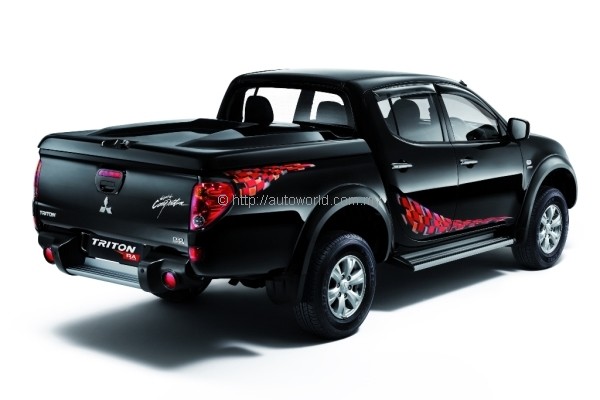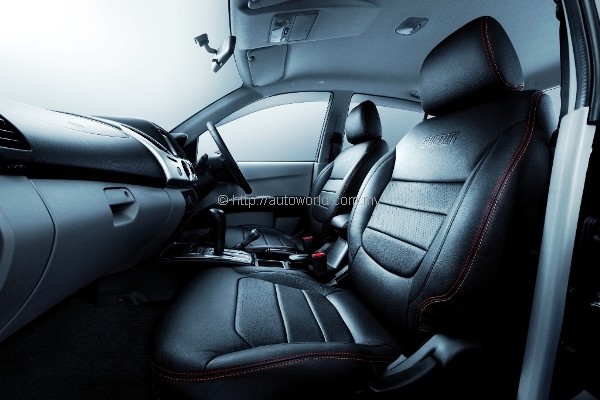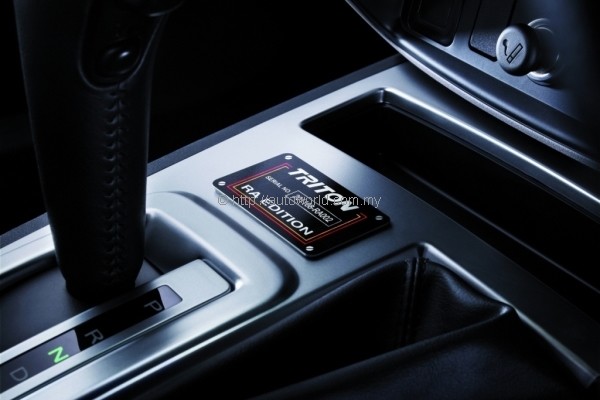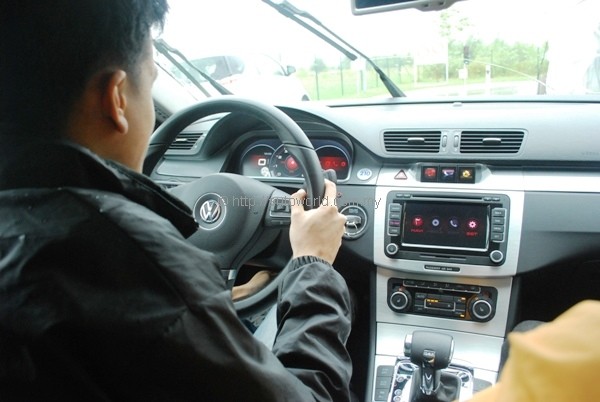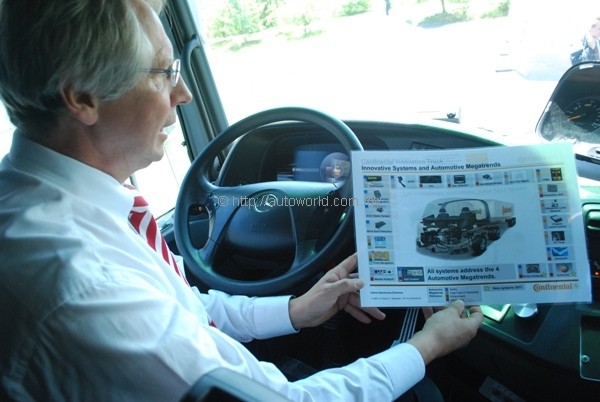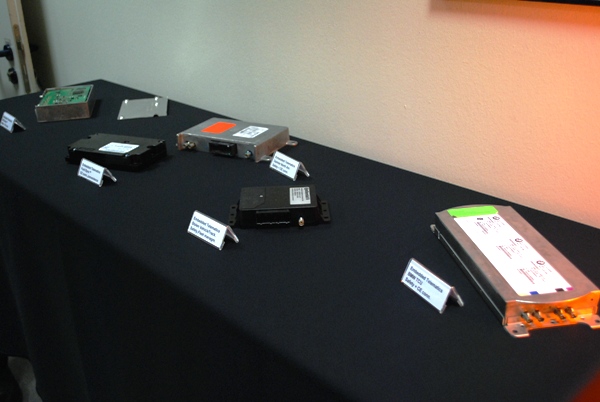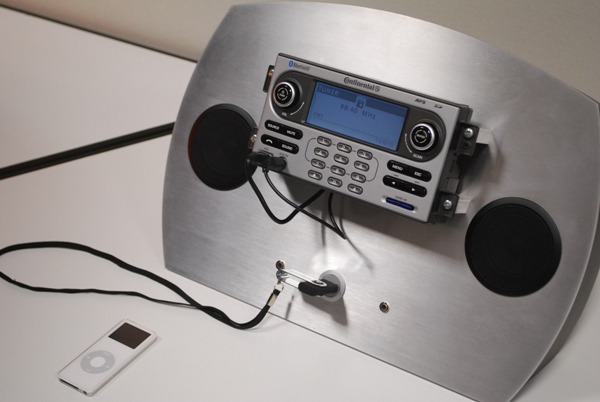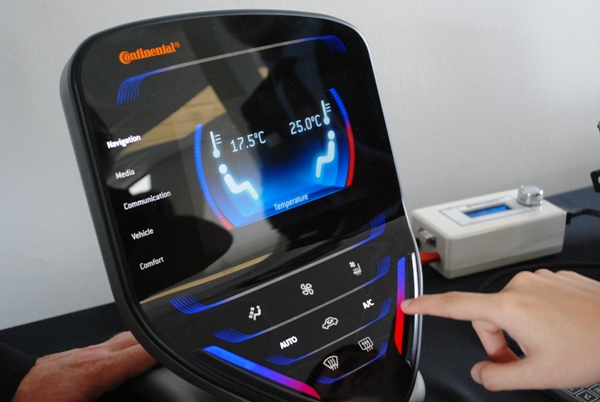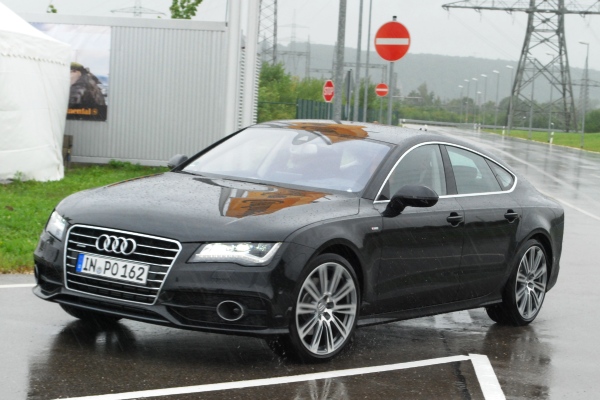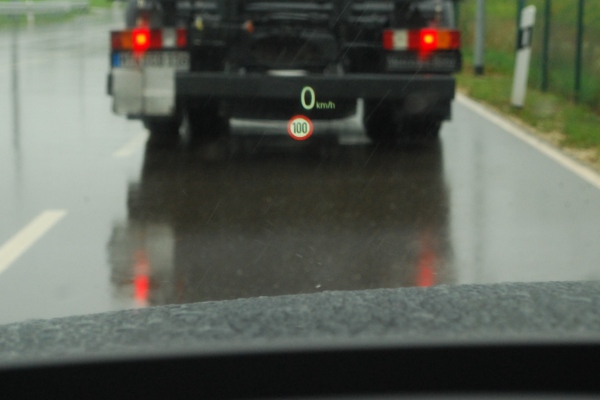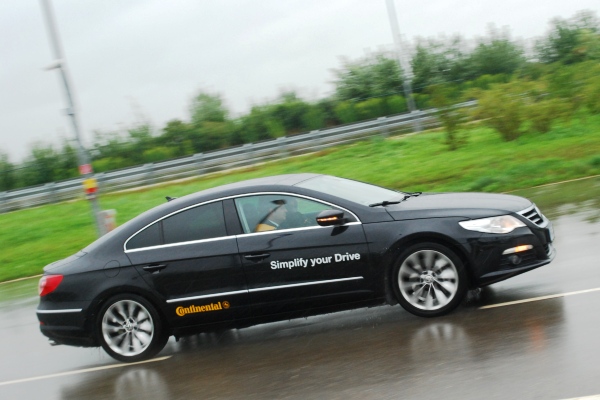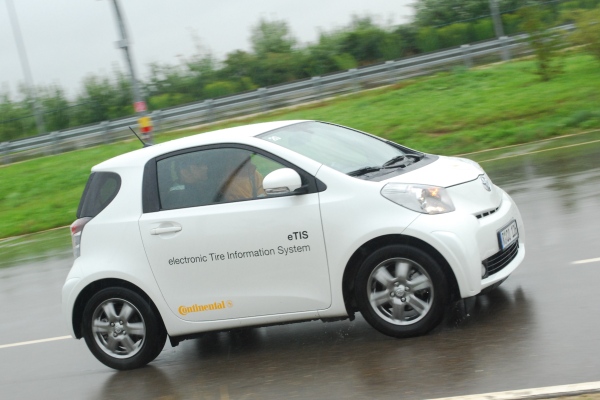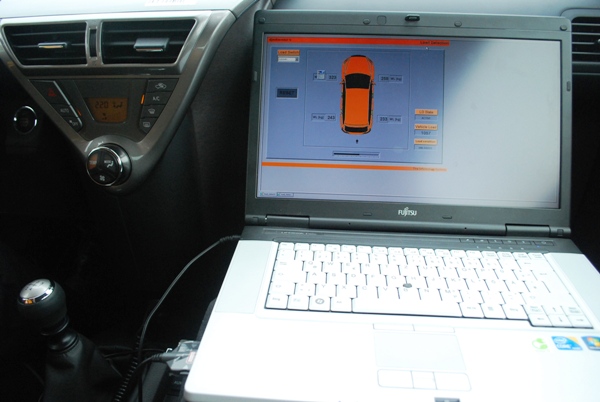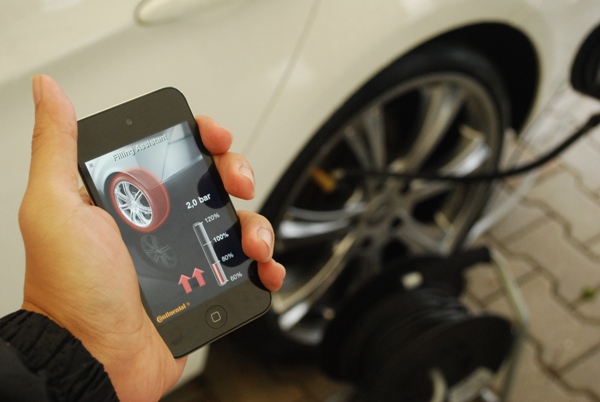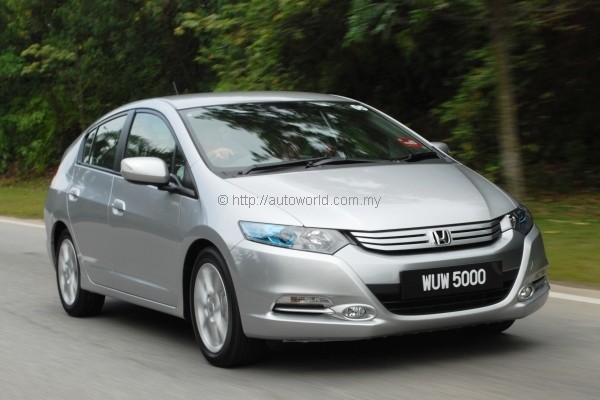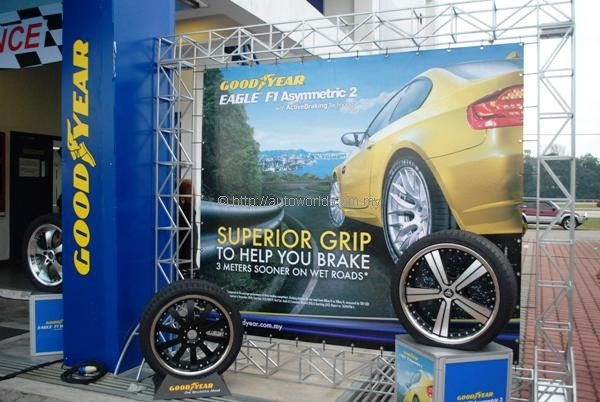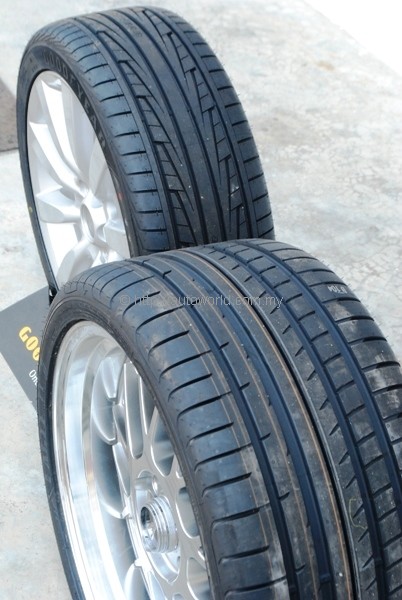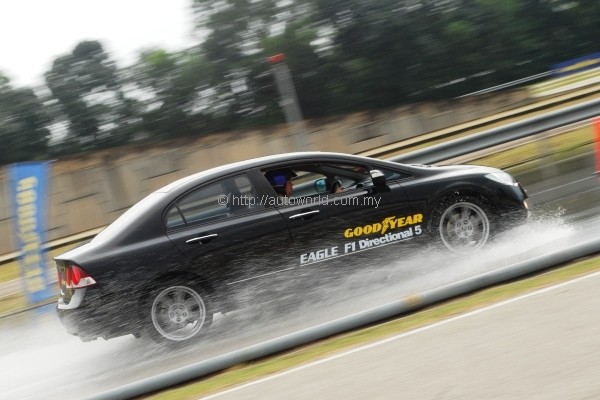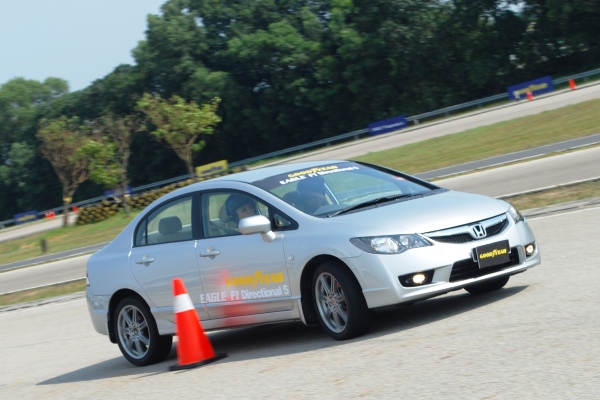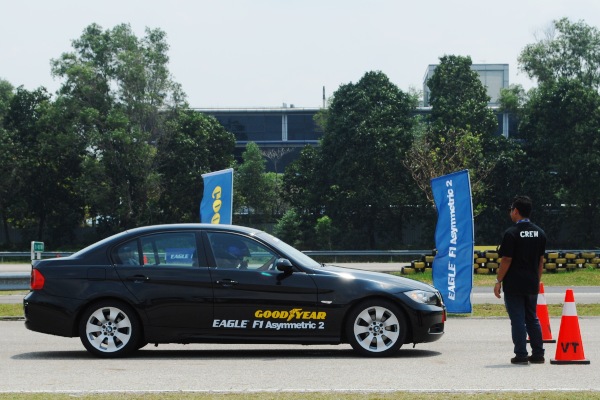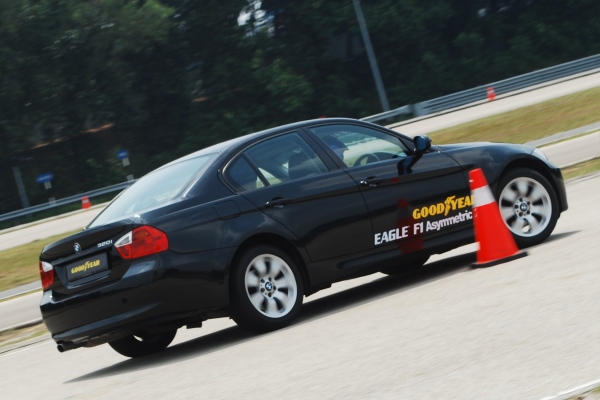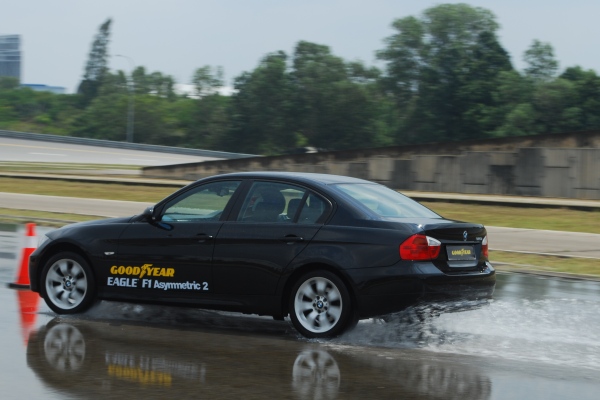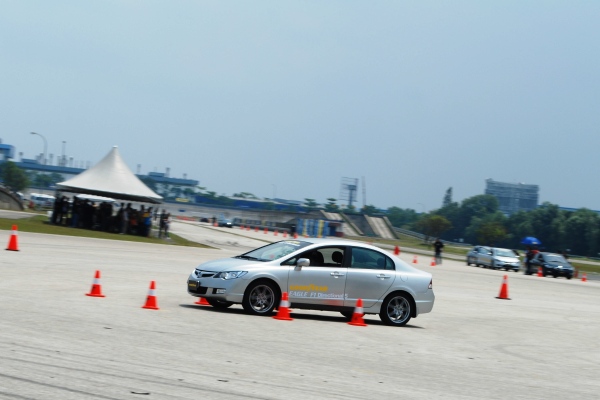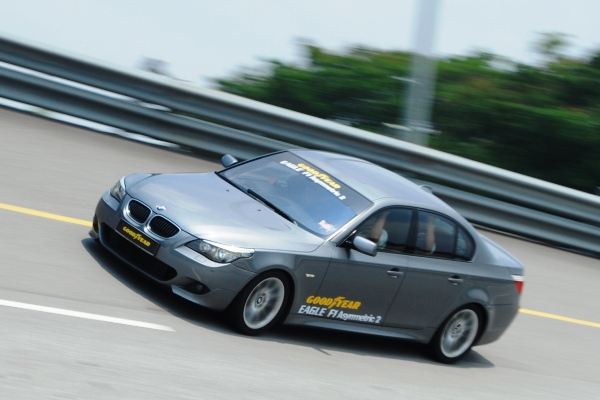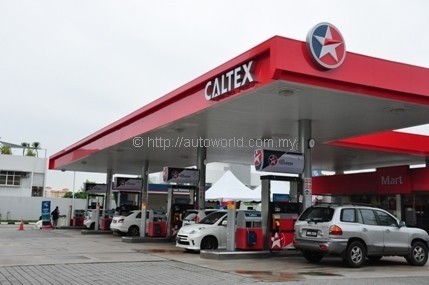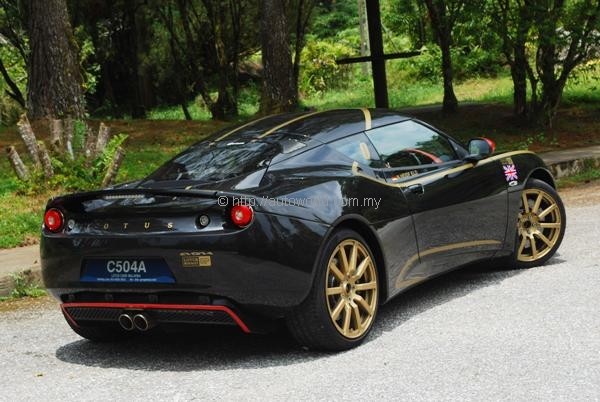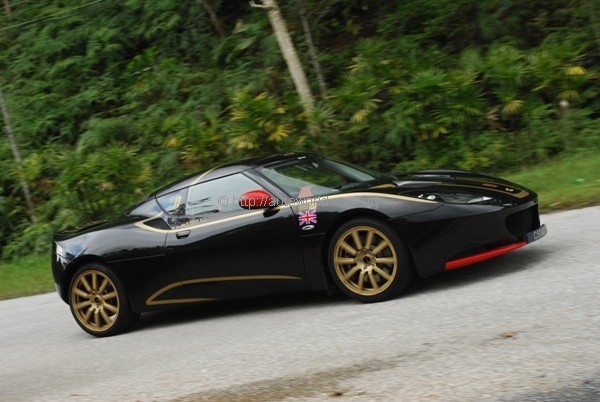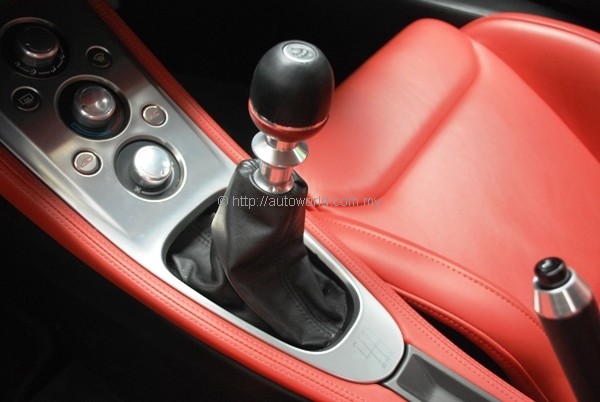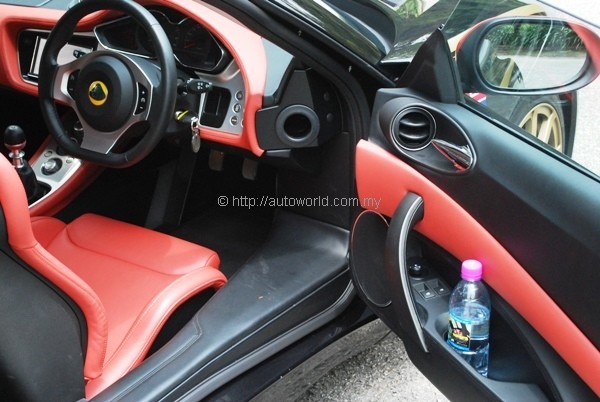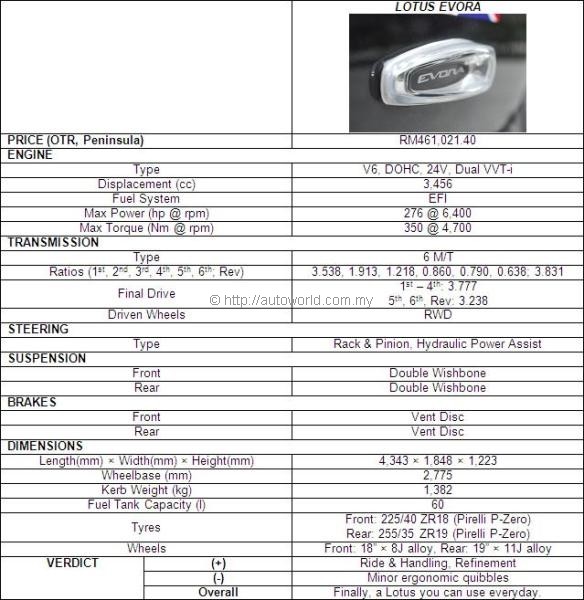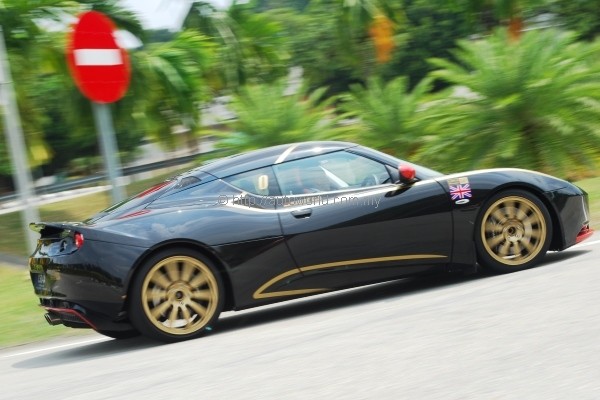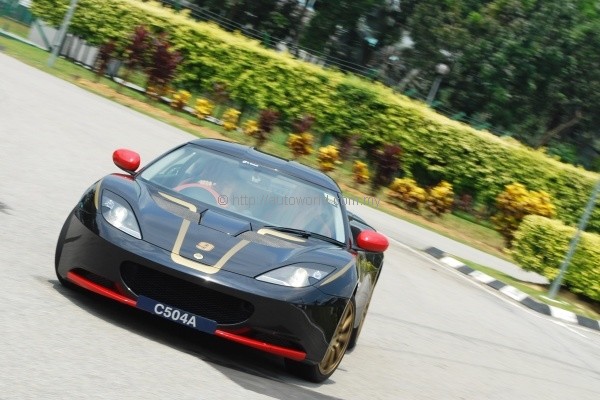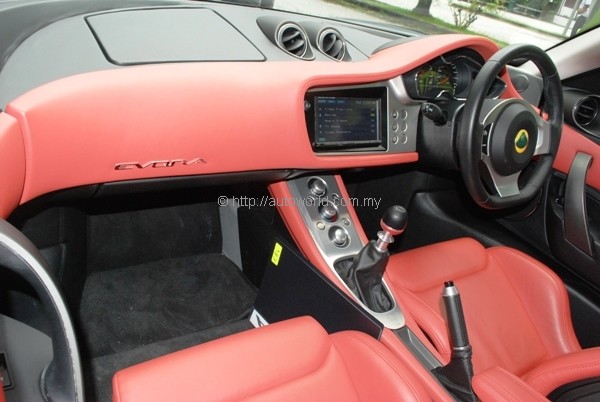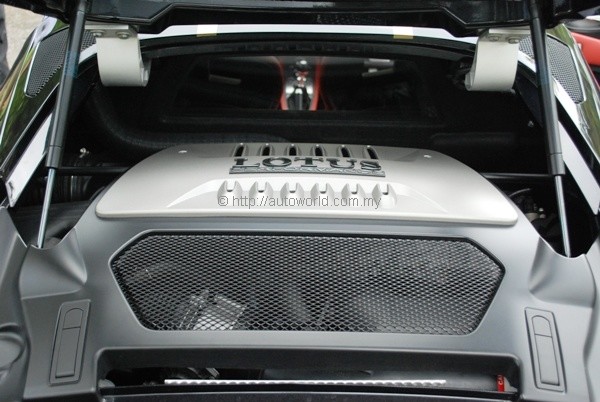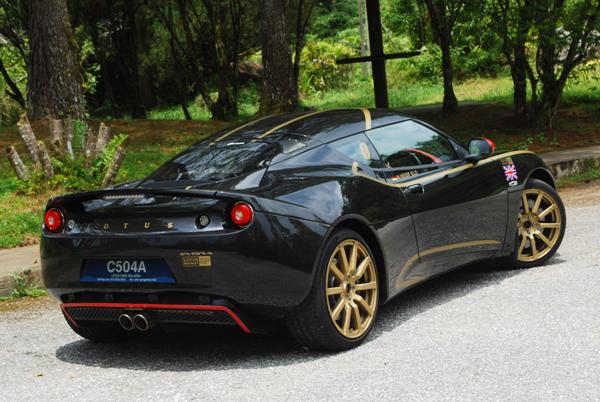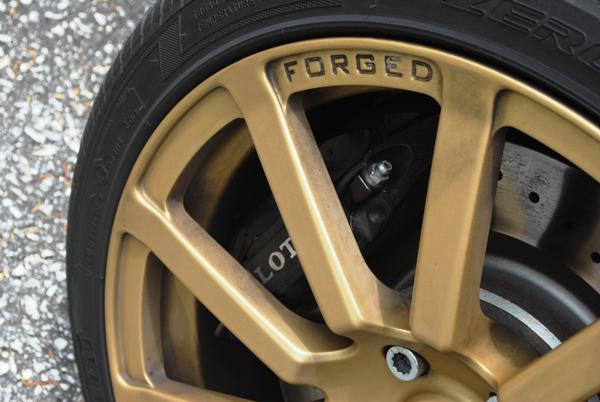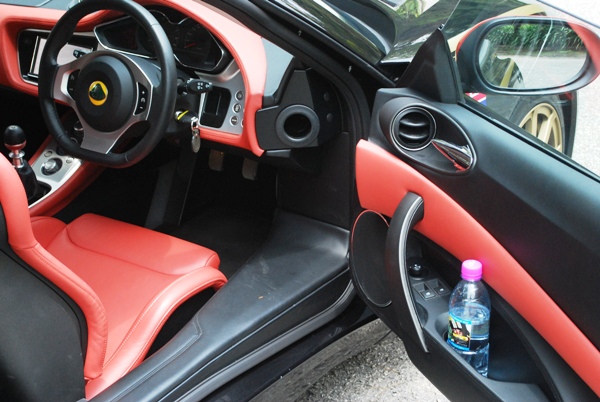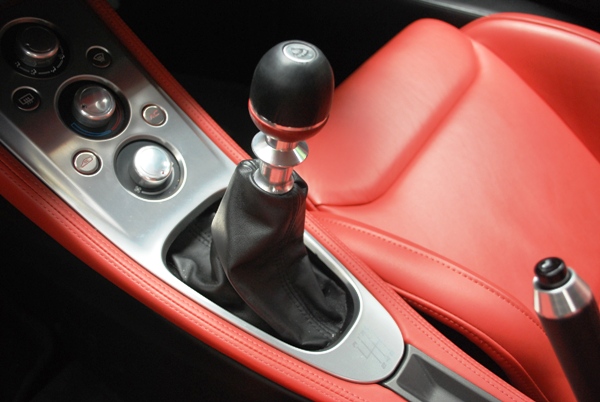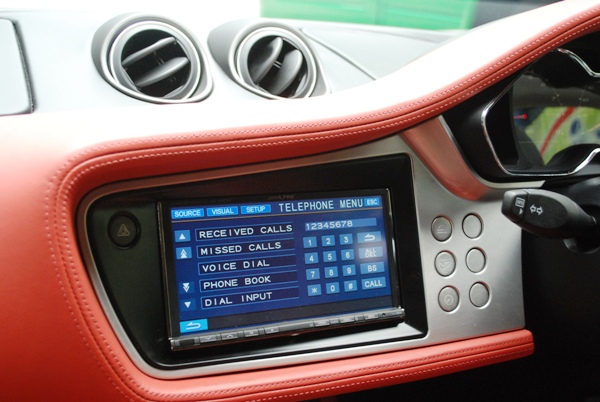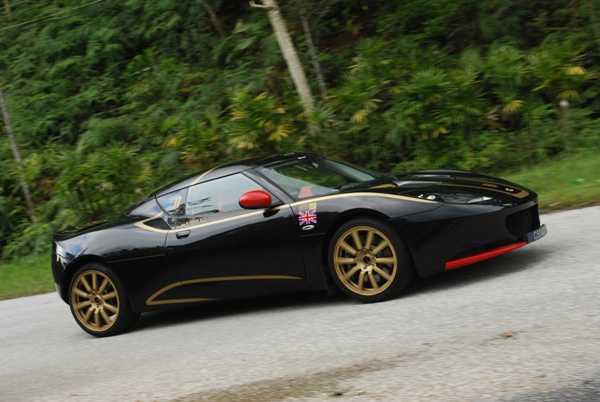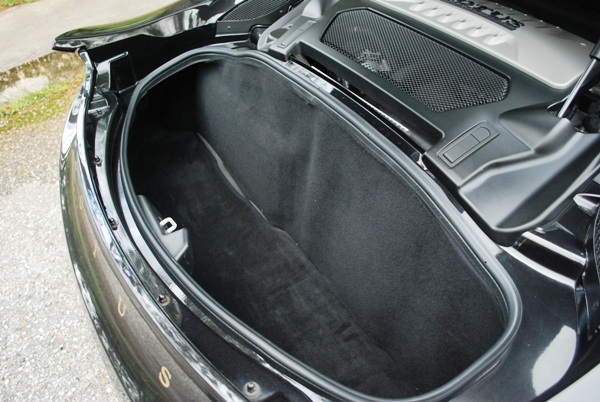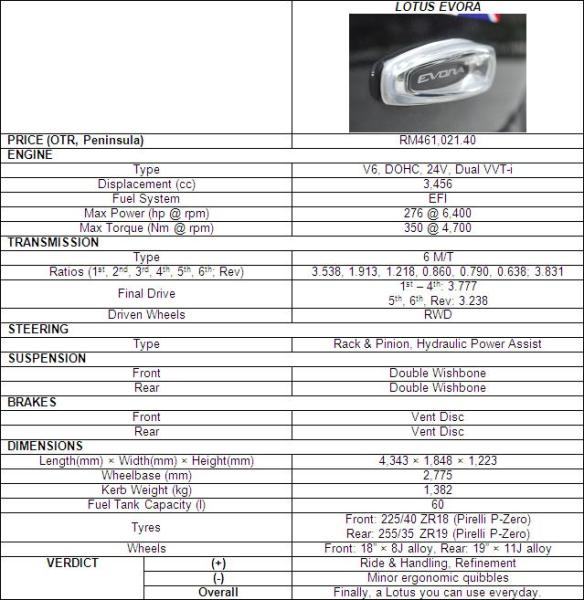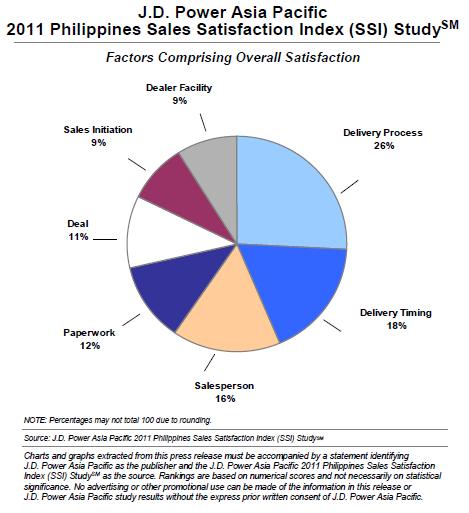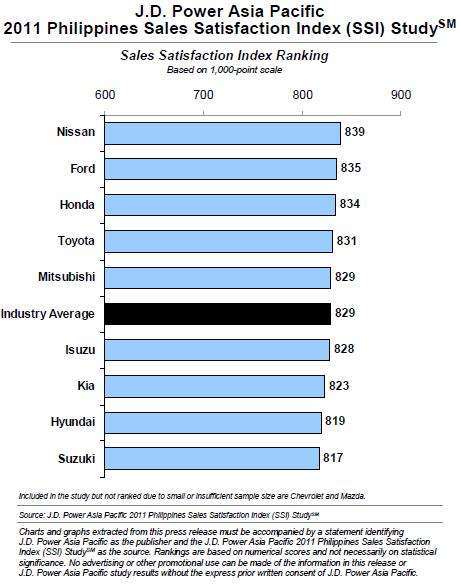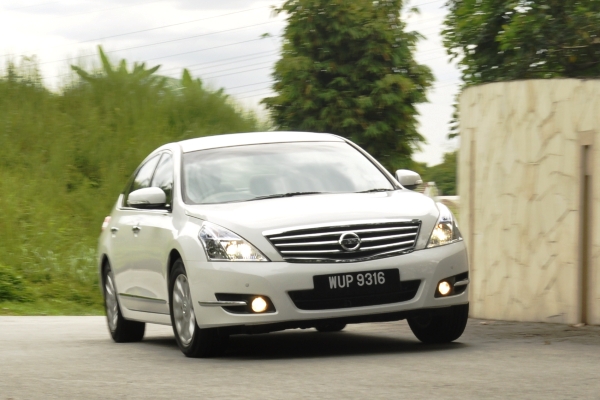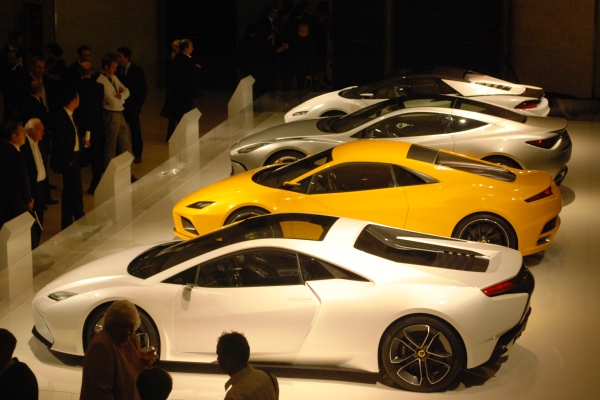The first agenda in our recent visit to Continental AG’s facilities in Germany was a tour of the Interior division’s development centre in Babenhausen. There, we had a look at Continental’s collection of instrument clusters and centre stacks used by cars from the past, present, as well as prototypes for future development.
One of the items on display that caught our attention was an instrument panel that originates from the Perodua Viva. The panel, along with several others, are actually products of our own backyard, being made in Continental’s Penang plant. The Penang plant started life making instrument panels for the original Proton Saga, but these days its list of clientele boasts names such as Harley Davidson, BMW, the Volkswagen Group (and that includes Bentley), Mercedes-Benz, and Maserati.
 |
| Continental’s Telematics systems are used in many different cars, private or commercial. |
So, what does the Interior division do?
Looking at the big picture, Continental’s range of products from its Interior division alone includes navigation systems, heads-up display, telematics, multimedia and infotainment systems, passive start and entry systems, tyre information systems, and the aforementioned instrument clusters. The increasingly complicated nature of cars today makes it important for all of the above features to be harmoniously integrated into the vehicle’s setup to create a user-friendly human-machine interface (HMI).
Compounding the problem of increasing complexity in modern vehicles is also the need to maintain simplicity and intuitiveness in the operation of such systems. Being in the business of reviewing cars, we can assure you that if a test car comes our way with an interior that cannot be operated without us having to refer to the manual, you can rest assured that it will be panned. Majority of consumers don’t read manuals, and this is a fact that needs to be taken into account when designing a good cabin.
 |
| Star Trek-inspired capacitive touch interface. |
The ErgoLab Driving Simulator
In Continental, the approach is to have a team that evaluates its HMI setup from a user perspective. There is still a team of engineers responsible for wiring everything together, but if the evaluation team says it is too complicated to operate, it’s back to the drawing board. Inside the Babenhausen facility, Continental has what it calls the ErgoLab Driving Simulator used for the development and demonstration of HMI concepts.
Inside the ErgoLab is a simulator, which consists of an actual BMW E60 parked inside a dark room and surrounded by huge screens which projects images on a 180 degree arc around its front end. The side and rear view mirrors are also replaced with screens to provide as convincing a simulation as possible of various driving scenarios. As part of its development process, Continental regularly puts people from the streets into the ErgoLab to ‘drive’ the car whilst operating its various controls. The system is able to measure up to 40 driving indicators as a basis for evaluation. Test subjects are paid, so if you’re somewhere around Babenhausen and you need some pocket money, you know where to go.
Being at the lab itself and watching it in action, there is a disorienting sensation seeing the huge screens feed back images to convey the sense of motion, but yet not feeling the G-forces. The quality of images on display are not unlike those you see in video games, but my observation is that physics engine of the simulation is pretty accurate. It even simulates nose-dive under braking.
Actual Driving, in Regensburg
The next day, we found ourselves 300km away from Babenhausen at Regensburg, where Continental’s Powertrain division is based. The facility, which used to belong to Siemens, also contains a test track where we had the opportunity to experience Continental’s innovations from in real life. During the session, we had the opportunity to get behind the wheel of the Audi A7 Sportback and Volkswagen Passat CC. Also present was a huge Mercedes Actros truck, which Continental uses to showcase its innovations for commercial vehicles.
While equipment such as blind spot detection and lane departure warning are more commonly associated with Mercedes’ line of passenger cars, the more advanced European market are now paving the way for these safety features to be made standard on trucks. The Mercedes Actros truck, in which we driven around the small test track, had both those systems, and they worked as well as those that we’ve tested in our best test cars.
The Audi A7 TDI test car was a stock standard unit from the factory and was placed there to showcase its heads-up display unit supplied by Continental. Information displayed by the projection includes current speed, speed limit warning, and GPS directional arrows. Judging from the high quality of the image displayed, it would appear that this is a slightly newer generation HUD compared to the ones Continental supplies to BMW for the F10 5 Series.
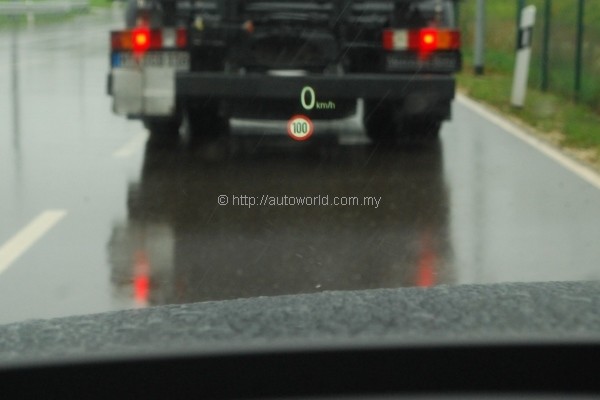 |
| A7’s HUD has excellent resolution. |
Tyre-Pressure Monitoring System
In recent years, a number of developed markets have introduced legislation mandating the use of tyre-pressure monitoring systems (TPMS) in road vehicles. Many high end cars have been featuring TPMS even in our roads, and with legal factors now coming into play, it is only a matter of time before its use becomes widespread.
Continental’s latest generation TPMS utilizes a tyre mounted sensor glued to the inside of the tyre itself. Programmed with the relevant specifications of the tyre, the sensor measures a variety of data including the length of the tyre’s ‘footprint’ on the road. While tyres that self-regulate their own pressures are not yet possible, Continental has a couple of innovations that make life easier when you refill air into your tyre. For example, the TPMS could trigger the car’s horn when the tyre is properly filled, or for cars equipped with sufficiently advanced infotainment systems, there is an app that allows you to sync your Apple mobile device with the TPMS system and give you live readings of your tyre pressure. No need to stretch your neck to read the air pressure gauge.
 |
| An iPhone app that gives you tyre pressure readings. Now that’s cool and useful. |
Simplify Your Drive
Simplify Your Drive is essentially a concept, which bundles the controls of various vehicle systems into one control interface. Users can alternate between various settings by switching through various profiles to suit their mood and character. At this stage, if you think this sounds familiar, it is because we’ve written about this when covering BMW’s ConnectedDrive.
The Volkswagen Passat CC test car mentioned earlier serves as one of Continental’s test beds for this concept. Mechanically, it retains all the bits from the factory, but Continental has retrofitted a custom-made dashboard, and probably adjusted some settings in the vehicle’s ECU. The vehicle can be piloted in three drive modes – Sport, Eco, and Comfort.
In each of the three modes, we were able to pick up noticeable differences in engine and transmission behaviour. Particularly of note is how the accelerator pedal noticeably ‘hardens’ when Eco mode is pressed, discouraging full-throttle driving. Those sitting at the rear seats also reported improved comfort levels in the Comfort setting.
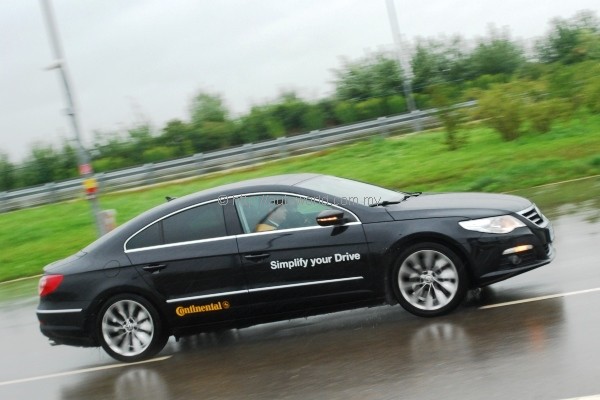 |
| This VW Passat CC is retrofitted as a testbed for Continental’s Simplify Your Drive system. |
Next Up… we visit the Powertrain division.





